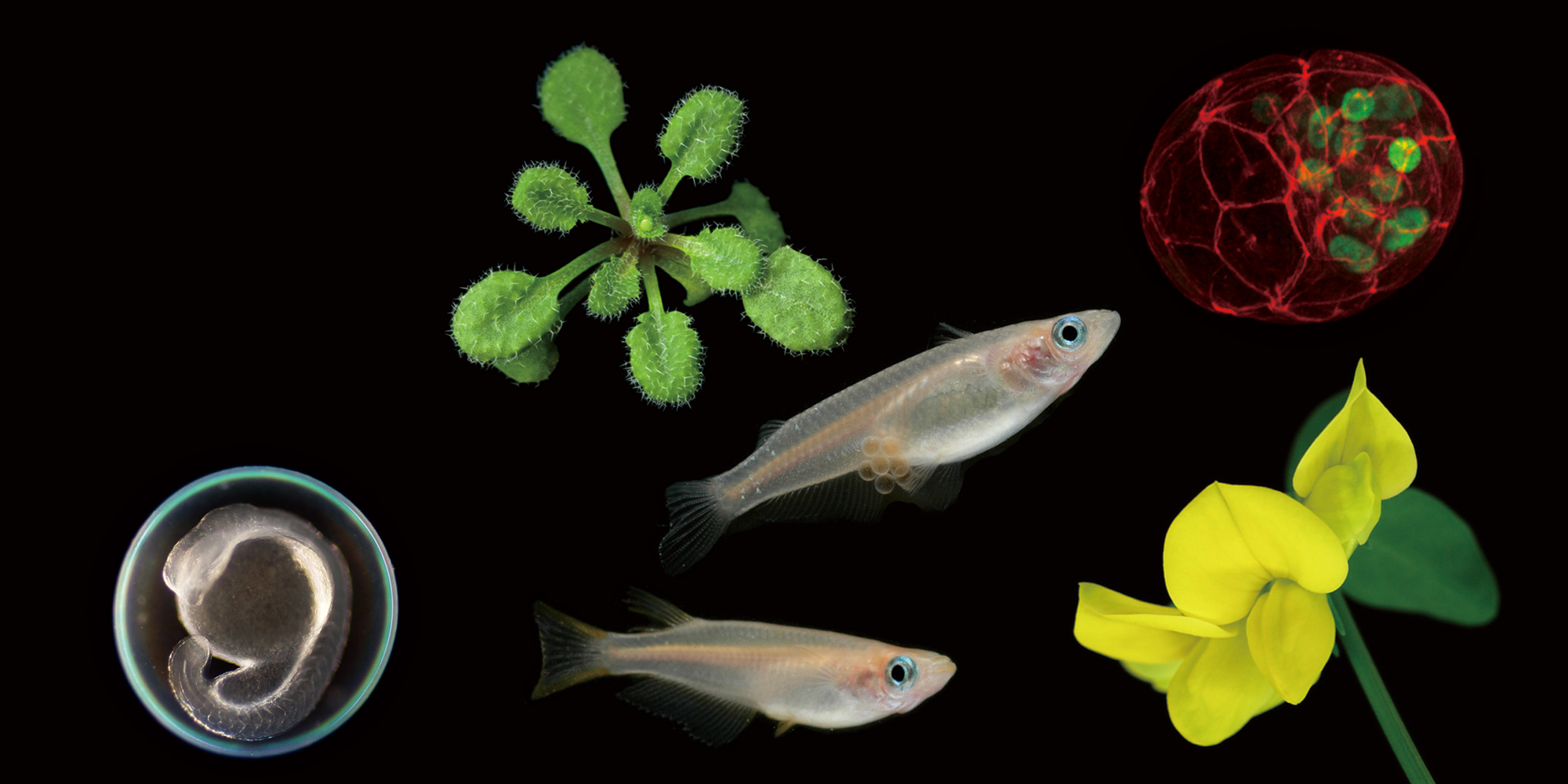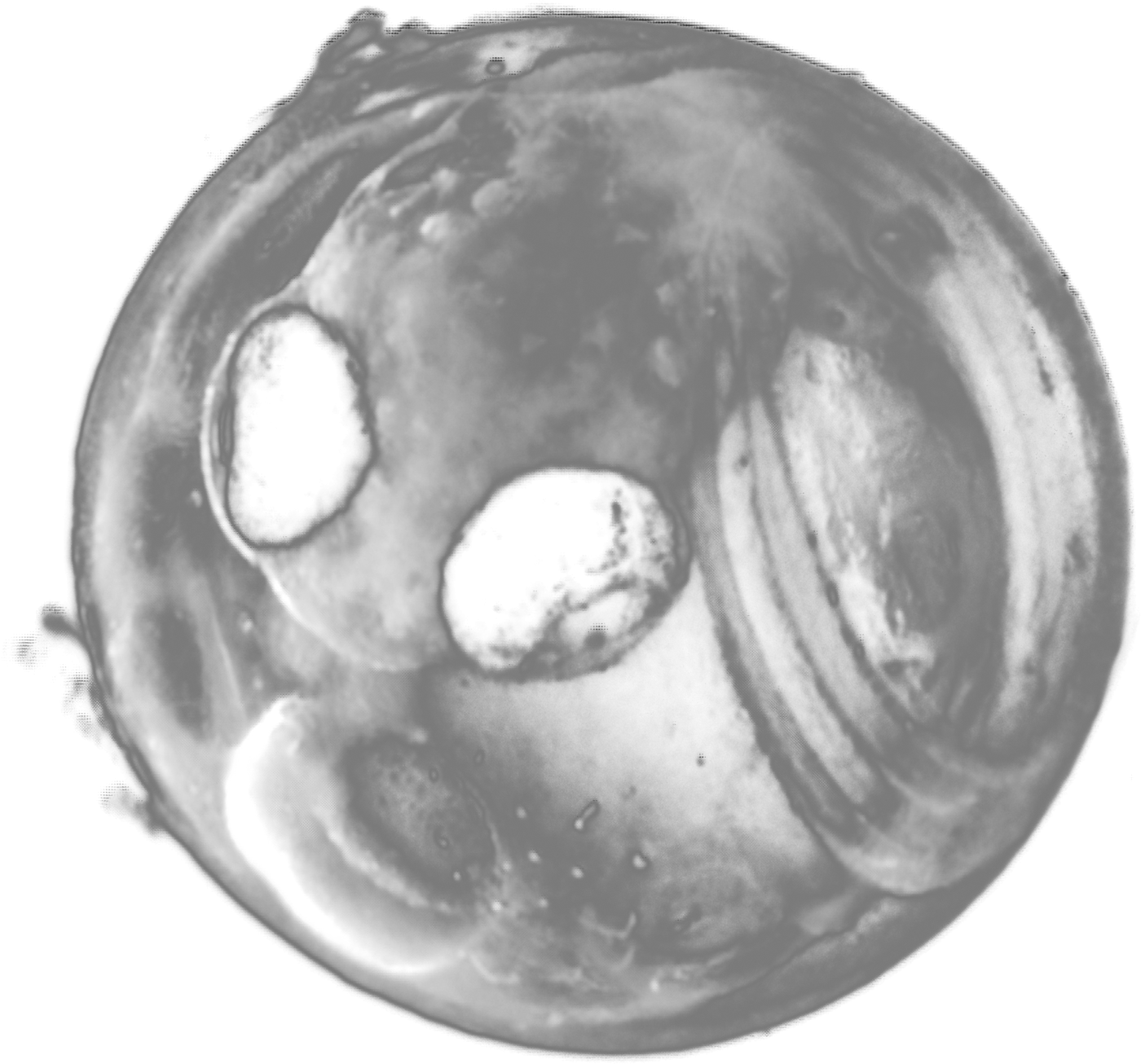2007.12.03 Okazaki Biology Conferences
Plenary Lecture (1) "Natural Selection in Genome Evolution "
BERNARDI, Giorgio (ナポリ臨海実験所 ・所長)
2007年12月03日(月) 11:00 より 12:00 まで
岡崎コンファレンスセンター
The vertebrate genome is a mosaic of GC-poor and GC-rich isochores, megabase-sized DNA regions of fairly homogeneous base composition that are different in relative amounts, gene density, gene expression, replication timing and recombination frequency. At the emergence of warm-blooded vertebrates, the gene-rich, moderately GC-rich isochores of the cold-blooded ancestors underwent a GC increase that was similar, and was maintained, in all different orders of mammals and birds. Both the GC increase and its maintenance can be explained by the neo-selectionist theory of genome evolution, which fully accepts Ohta’s nearly neutral view of point mutations, but proposes, in addition, a solution to the neutralist/selectionist debate.







